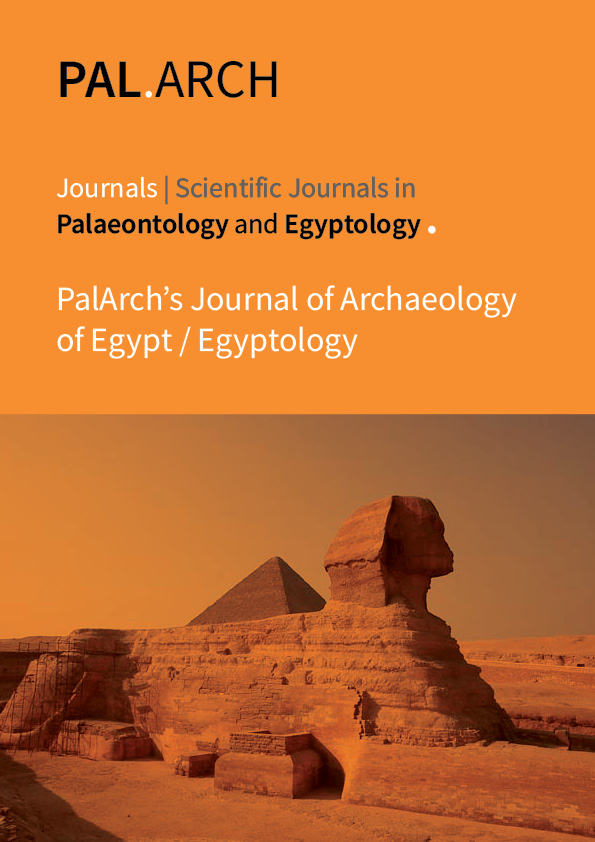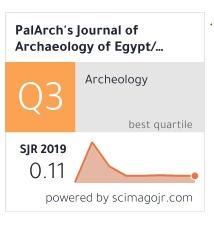ASSOCIATION BETWEEN CLINICAL AND HISTOPATHOLOGICAL DIAGNOSIS OF IMMUNOBULLOUS DISORDERS
Keywords:
Clinicopathological, Immunobullous disorder, Mucous Membrane Pemphigoid, Pemphigus VulgarisAbstract
Autoimmune vesiculobullous disorders are heterogeneous groups of disorders in which autoantibodies target structures essential for integrity of skin and mucous membrane leading to a blister formation. Bulla formation could either be intraepithelial or sub-epithelial. Accurate diagnosis of these disorders require a clinicopathological correlation. The objective of the study was to correlate the clinical and histopathological diagnosis of immunobullous disorders.
A retrospective study was conducted at the Department of Oral Medicine during the period June 2019 to March 2020. Case sheets of 402 patients were reviewed and 13 patients who were clinically and histopathologically proven for Immunobullous disorders were included in study.Reviewed data was analysed and correlation between clinical and histopathological diagnosis was done.
The study conducted consisted of a total of 13 patients out of which 12 were female (91.67%)and 1 male (8.33%). The common age group involved in the study population is 55-65 years (33.33%) followed by 25-35 years(25%). The study population was grouped based on their clinical types into Pemphigus Vulgaris (PV) (46.15%); Mucous Membrane pemphigoid (MMP) (15.38%) and Angina Bullosa Haemorrhagica (ABH) (38.46%). Oral lesions were seen in all patients along with oral, cutaneous lesions were present in three patients (23.08%) and oral, cutaneous and ocular lesions were seen in one patient (7.69%). There was a significant correlation between the clinical and histopathological diagnosis. Both the clinical and histopathological diagnosis are invaluable, playing a vital role in arriving at a definitive diagnosis as immunobullous disorders often present overlapping clinical findings and pose a challenge to the diagnostician.



